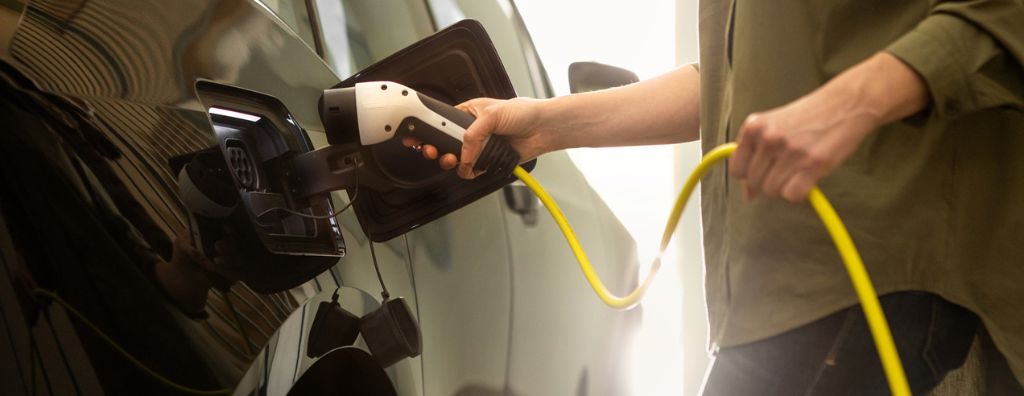If you’re not quite ready to buy a house, it may be better to rent for the time being. Though renting can be the more affordable option, being a tenant in someone else’s home still comes with its own unique set of costs. Here are eight common costs you should be aware of before signing a lease.
8 Costs of Renting
1. Renting Application Fee
One of the first costs you’ll run into is the application fee. Landlords want to make sure you’re a good candidate for signing onto their lease, so they’ll go through a process to verify the information listed on your application including your employment, financial history, credit score, past tenancy, etc. The application fee covers the clerical work required to verify this info.
2. Security Deposit
Similar to making a down payment on a house, a security deposit is a large upfront expense that solidifies your application. Security deposits vary based on the terms of the agreement. They can be a flat fee but are more often equal to one month’s rent, and sometimes more. Fortunately, they are usually refundable when you move out, as long as you have taken good care of the property and have adhered to the terms of your lease. You must account for the security deposit when renting, since you’re essentially paying double a normal month’s rent to move in.
3. Pet Deposit and Pet Fee
Finding a place that allows pets will be your first challenge as a renter. Some landlords forbid pets altogether, while others typically require that you pay a pet deposit and/or an additional monthly pet fee on top of your rent. These fees vary based on the number, type, and size of your pet(s). Keep in mind that renting with pets will most likely cost you extra.
4. Rent
The renting equivalent of a monthly mortgage payment, your rent will be the largest slice in your pie chart of monthly renting expenses. The general rule of thumb is that your rent should not exceed 30% of your monthly income. If it’s higher, you’ll have less money to cover other important living expenses. And if your rent increases—which is beyond your control—things can get unaffordable in a hurry.

Image Source: Getty Images – Image Credit: sturti
5. Parking
Your parking arrangement will vary depending on your living situation. If you live in a condo or apartment building, you may be able to pay an additional fee in exchange for your own parking spot on-site. For those who live in densely populated areas or places where the endeavor of trying to find available parking is a daily nightmare, the value of having your own parking space often outweighs the extra cost.
6. Homeowners Association (HOA) Dues
Landlords will typically include Homeowners Association (HOA) fees in your rent if applicable. HOA fees go toward maintaining the community’s properties and help pay for shared amenities. If you plan to live in an HOA community as a renter, the dues you’re paying will help to ensure the property stays well maintained.
7. Utilities
Utilities are another significant chunk of your recurring expenses as a renter. Your utilities costs will vary depending on how much energy you use at home. For example, your heating costs will likely be higher during the winter. If your bills are too high, audit your energy consumption to find more affordable ways of using it. 7 Tips for Sustainable Living at Home
8. Renters Insurance
Not only is obtaining renters insurance vital to protecting yourself as a renter, but it’s also usually required by landlords and property management companies. Renters insurance protects you against unexpected events that may occur at home. Fortunately for you, renters insurance policies are very affordable, usually around $15 to $20 a month.
Learn more about the pros and cons of renting vs. buying a house:
Renting vs. Buying: Which is Better for You?
Featured Image Source: Getty Images – Image Credit: StefaNikolic
 Facebook
Facebook
 X
X
 Pinterest
Pinterest
 Copy Link
Copy Link


















